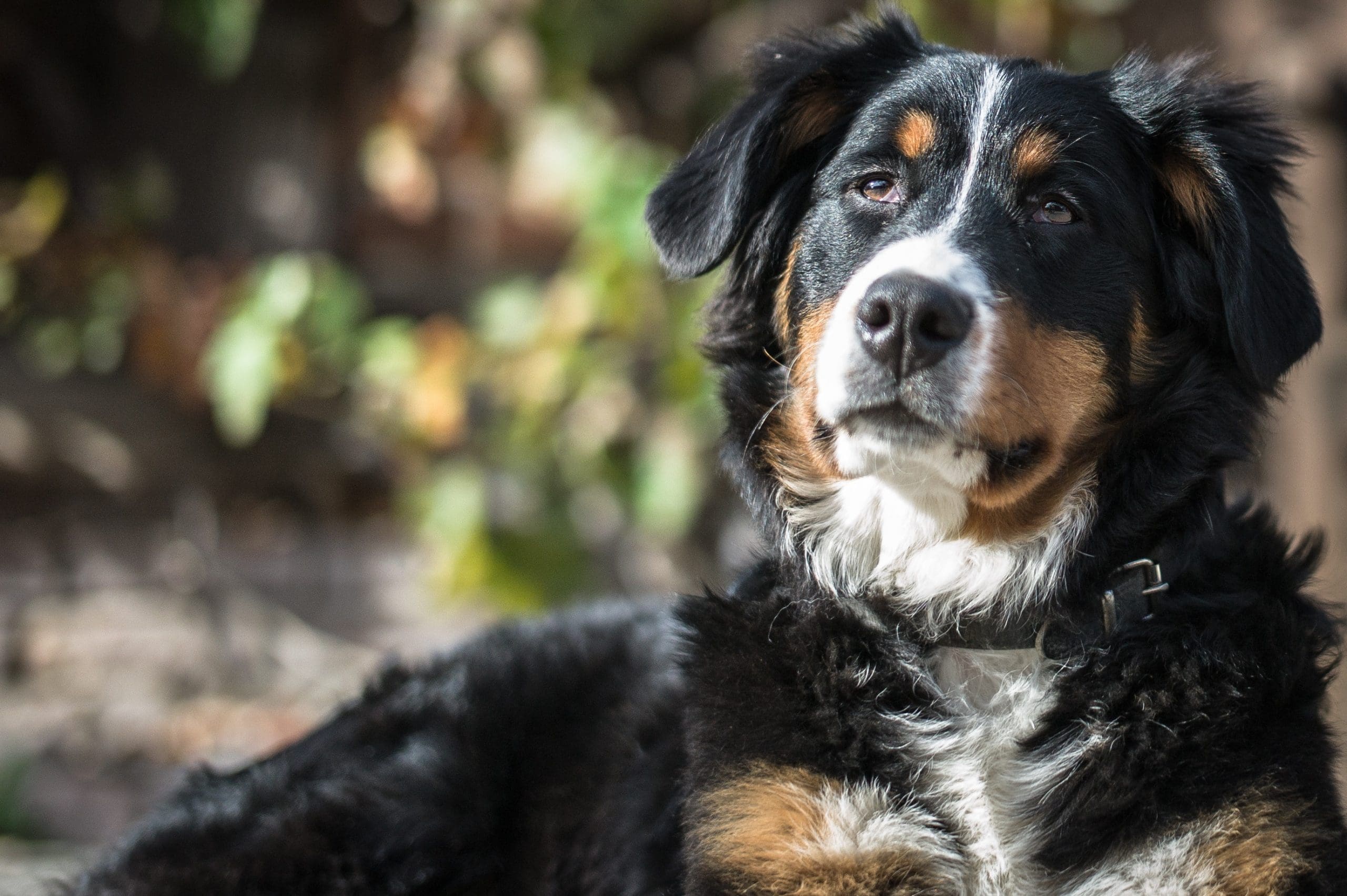Drawing is a fantastic way to express creativity, and creating a character like Dog Man can be particularly enjoyable. Dog Man, from the graphic novels by Dav Pilkey, combines canine and human features, appealing to both children and adults. Whether you’re just starting out or have some experience, you can learn to draw Dog Man in a few simple steps.
Gather Your Materials
Start by collecting your supplies. You’ll need paper, a pencil, an eraser, and colored pencils or markers if you want to add color. Ensure you have a comfortable workspace with good lighting and a flat surface to work on.
Basic Shapes
Begin with basic shapes to establish proportions. Sketch a large oval for Dog Man’s head and a smaller oval for the body. Since Dog Man has a cartoonish style, don’t stress about perfection. Once you have the basic shapes, refine your drawing.
Adding Facial Features
Focus on the face next. Dog Man has a large, expressive face. Draw two big ovals for the eyes and add smaller circles for the pupils to give him a friendly look. Below the eyes, sketch a round nose and a wide, curved line for the mouth. You can incorporate a tongue sticking out for a playful touch.
Ears and Body
Now, draw Dog Man’s floppy ears by creating two elongated shapes on top of his head that curve downwards. After completing the face, work on the body. Dog Man has a simple, cartoonish body. For the arms, draw elongated shapes on each side of the body, thickening them slightly at the shoulders. For the legs, draw straight lines coming down from the body with rounded shapes for the feet, making them larger than usual to enhance the cartoon style.
Adding Details
With the basic outline complete, start adding details. Dog Man typically wears a police uniform, so sketch a simple shirt and pants. Don’t forget to include a badge on his chest to highlight his role as a police officer, along with a belt and shoes. Feel free to get creative with the clothing, adding pockets or a hat for extra flair.
Refine and Color
Refine your drawing by erasing any unnecessary lines and darkening the outlines with a pencil or pen. This will help your drawing stand out. Then, add color. Dog Man usually features light brown or tan fur, a blue uniform, and a bright yellow badge. Use colored pencils or markers to fill in these areas carefully.
While coloring, consider shading to add depth. Darker shades in certain areas can create a three-dimensional effect, such as under the chin or along the belly.
Adding Background
Take a moment to step back and evaluate your drawing. Consider adding background elements to provide context, perhaps a blue sky with fluffy clouds or a cityscape representing Dog Man’s adventures. Backgrounds can enhance your artwork and make it more visually appealing.
Embrace the Journey
Drawing Dog Man can be a rewarding experience, especially when you see your artwork come to life. Practice is essential; the more you draw, the more your skills will improve. Don’t be discouraged by initial attempts that don’t match your vision. Every drawing contributes to your artistic growth.
Encourage kids to join you in this drawing activity for a fun bonding experience that fosters creativity. Provide them with the same materials and let them follow the same steps. You might be amazed at how different each drawing turns out, even with the same method.
Sharing your drawings can also boost confidence. Whether showing them to family and friends or posting on social media, sharing your art can inspire others to try drawing too. Art connects people, and your creation might motivate someone else to pick up a pencil.
Incorporating drawing into your routine can benefit your mental health. It allows for creative expression and serves as a form of relaxation. Set aside time each week to draw and use it as a way to unwind. You may find it enhances both your artistic skills and overall well-being.
Explore New Horizons
As you continue exploring drawing, consider branching out into other characters or styles. Experimenting with different subjects will help you develop your unique style and expand your skills. Perhaps you want to try drawing other animals or even create your own original characters. The possibilities are endless, and each new drawing will present a fresh challenge.
Drawing Dog Man marks the beginning of your artistic journey. Embrace the process and enjoy the creativity. With practice and experimentation, you’ll discover what you love about drawing. So grab that pencil and let your creativity flow. Each stroke brings you closer to becoming the artist you aspire to be.



